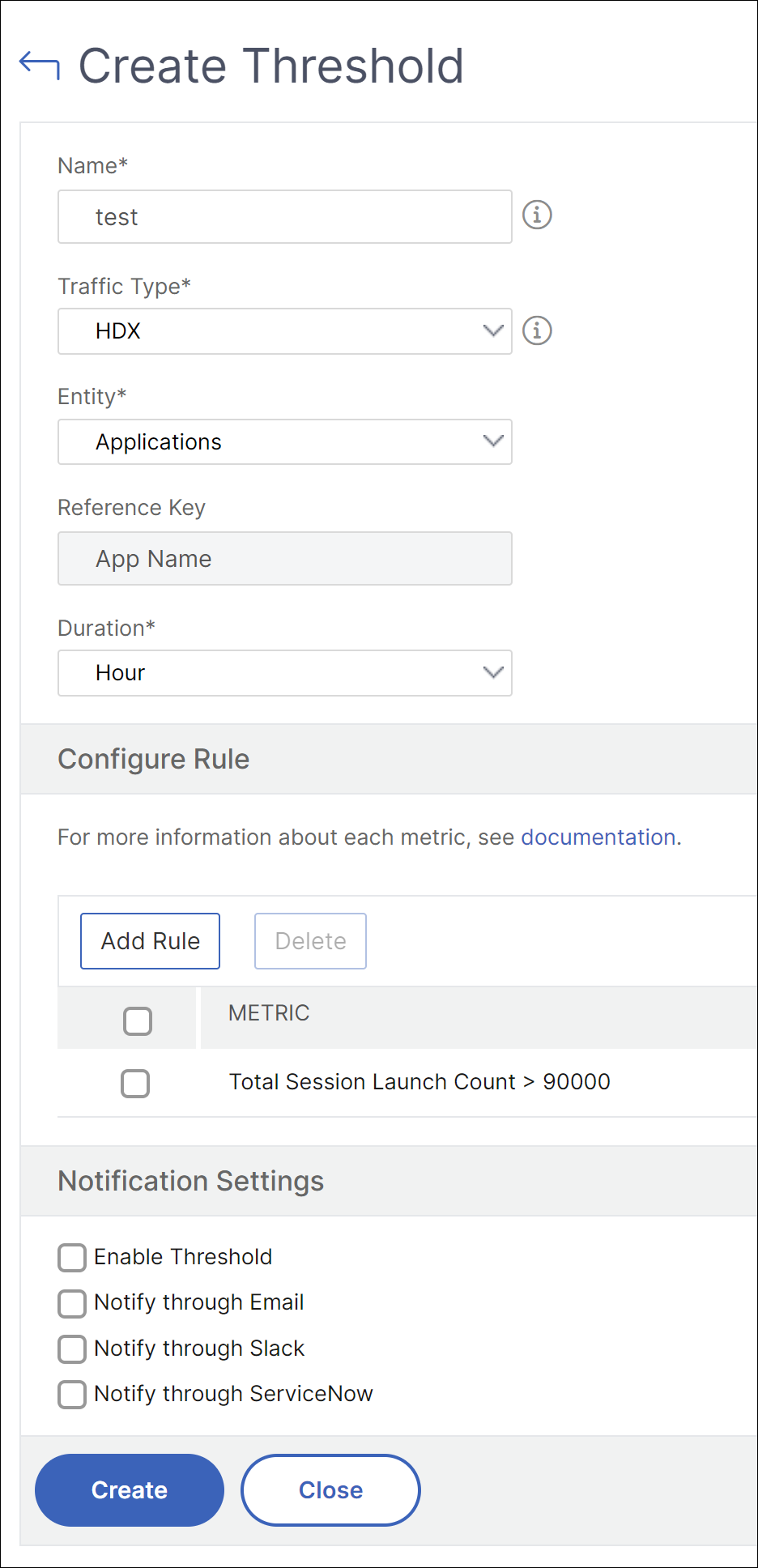-
Low-touch onboarding of NetScaler instances using Console Advisory Connect
-
-
Console on-prem instances connected with Console service using Cloud Connect
-
Configure Analytics settings
-
This content has been machine translated dynamically.
Dieser Inhalt ist eine maschinelle Übersetzung, die dynamisch erstellt wurde. (Haftungsausschluss)
Cet article a été traduit automatiquement de manière dynamique. (Clause de non responsabilité)
Este artículo lo ha traducido una máquina de forma dinámica. (Aviso legal)
此内容已经过机器动态翻译。 放弃
このコンテンツは動的に機械翻訳されています。免責事項
이 콘텐츠는 동적으로 기계 번역되었습니다. 책임 부인
Este texto foi traduzido automaticamente. (Aviso legal)
Questo contenuto è stato tradotto dinamicamente con traduzione automatica.(Esclusione di responsabilità))
This article has been machine translated.
Dieser Artikel wurde maschinell übersetzt. (Haftungsausschluss)
Ce article a été traduit automatiquement. (Clause de non responsabilité)
Este artículo ha sido traducido automáticamente. (Aviso legal)
この記事は機械翻訳されています.免責事項
이 기사는 기계 번역되었습니다.책임 부인
Este artigo foi traduzido automaticamente.(Aviso legal)
这篇文章已经过机器翻译.放弃
Questo articolo è stato tradotto automaticamente.(Esclusione di responsabilità))
Translation failed!
Configuring Analytics settings
Before you start using the Analytics feature on NetScaler Console to gain visibility into your instance and application data, it is recommended that you configure a few analytics settings to ensure optimal experience with this feature.
Creating Thresholds and Alerts for Analytics
You can set thresholds and alerts to monitor the analytics’ metrics of the managed virtual servers configured on the discovered instances. When the value of a metric exceeds the threshold, NetScaler Console generates an event to signify a threshold breach.
You can also associate actions with the set thresholds. Actions include displaying an alert on the GUI, sending Email as configured.
For example, you can set a threshold to generate an event for HDX™ insight if any user’s ICA RTT value exceeds 1 second. You can also enable alerts for the generated event, and send the threshold breach information to a configured Email list.
To create thresholds and alerts for analytics:
-
Navigate to Settings > Analytics Settings > Thresholds.
-
On the Thresholds screen, click Add to add a new threshold and configure alerts for the set thresholds.
-
On the Create Thresholds and Alerts page, specify the following details:
-
Name – Name for configuring the threshold.
-
Traffic Type – Type of analytics traffic for which you want to configure the threshold. For example: HDX Insight, Security Insight.
-
Entity – Category or resource type for which you want to configure the threshold.
-
Reference Key – Automatically generated value based on the selected traffic type and entity.
-
Duration - Interval for which you want to configure the threshold.
-
-
To configure email notifications, select the check box for the set thresholds.
-
In the Rules section, specify the following:
-
Metric – Metric for the selected Traffic type to configure the threshold.
-
Comparator – Comparator to the selected metric (for example: <, >=).
-
Value – Value for the metric to set the threshold, and invoke alerts.
-
-
Click Create.

Share
Share
In this article
This Preview product documentation is Cloud Software Group Confidential.
You agree to hold this documentation confidential pursuant to the terms of your Cloud Software Group Beta/Tech Preview Agreement.
The development, release and timing of any features or functionality described in the Preview documentation remains at our sole discretion and are subject to change without notice or consultation.
The documentation is for informational purposes only and is not a commitment, promise or legal obligation to deliver any material, code or functionality and should not be relied upon in making Cloud Software Group product purchase decisions.
If you do not agree, select I DO NOT AGREE to exit.